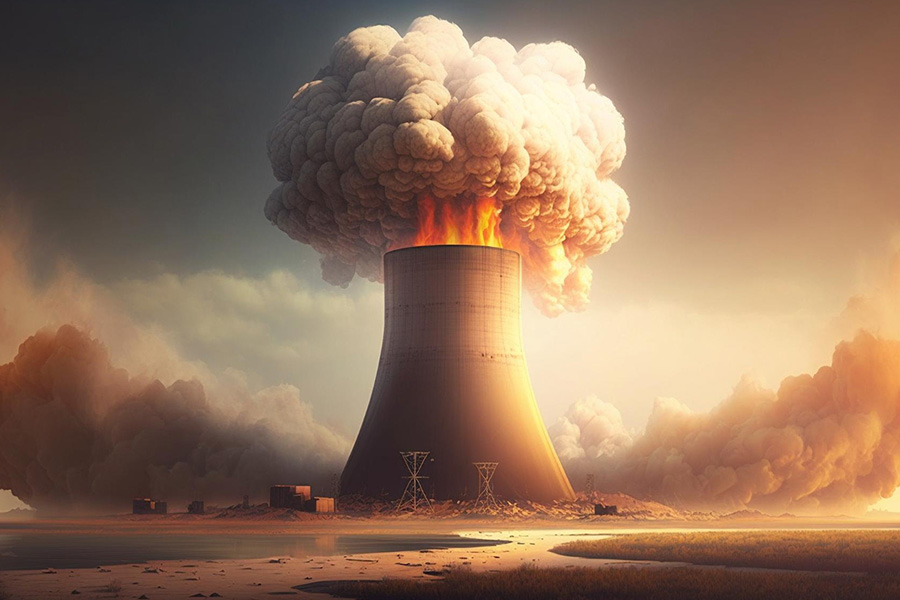
Countries across the globe will have to move beyond the fear of the military usage of nuclear power as the only long-term and sustainable way to tackle the climate crisis is through the usage of nuclear energy.
Author
Sriparna Pathak, Associate Professor, Chinese Studies and International Relations, O.P. Jindal Global University, Sonipat, Haryana, India.
Summary
Nuclear power has always been viewed with suspicion owing to the devastating military usages it has had. The United States (US) dropped the first atomic bomb, named Little Boy on Hiroshima on August 6, 1945, and then the second one, named Fat Man on Nagasaki on August 9, 1945. By the end of 1945, the bombing killed an estimated 140,000 people in Hiroshima and another 74,000 in Nagasaki. In the years that followed, survivors faced leukaemia, cancer of other devastating side effects from the radiation.
The simultaneous fear and awe of the bomb set in international relations and other countries, including the former Soviet Union and China set out on developing their own nuclear arsenals. During the Cold War, the fear of the usage of nuclear weapons became the most alarming feature of the competition between the US and the Soviet Union. The two countries, in the next few decades signed a host of arms control agreements as a means to manage their rivalry and to reduce the risk of a nuclear war.
However, while the two superpowers of the Cold War era were trying to reduce chances of a nuclear war, there were other actors like China which also emerged as threat actors and the chances of the usage of nuclear weapons against China became high in 1969. During the Sino-Soviet border conflict of 1969, the Soviet Union was on the brink of launching a nuclear attack against China and only backed down after the US told Moscow that such a move would mark the beginning of the World War III.
Published in: Hindustan Times
To read the full article, please click here.

